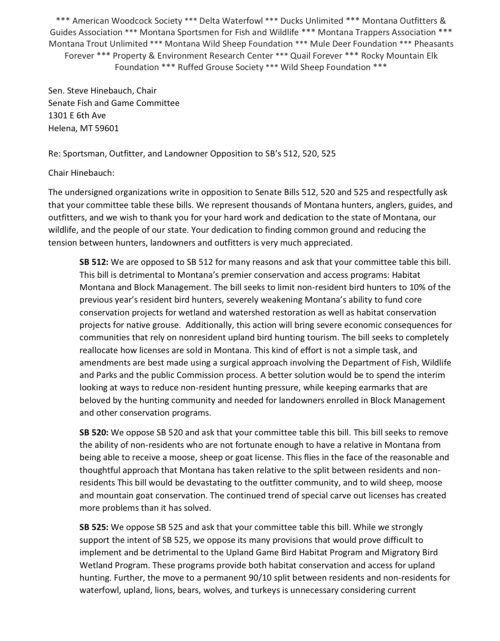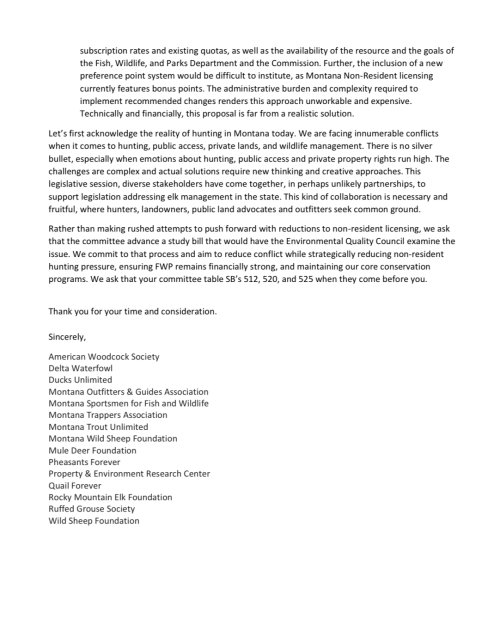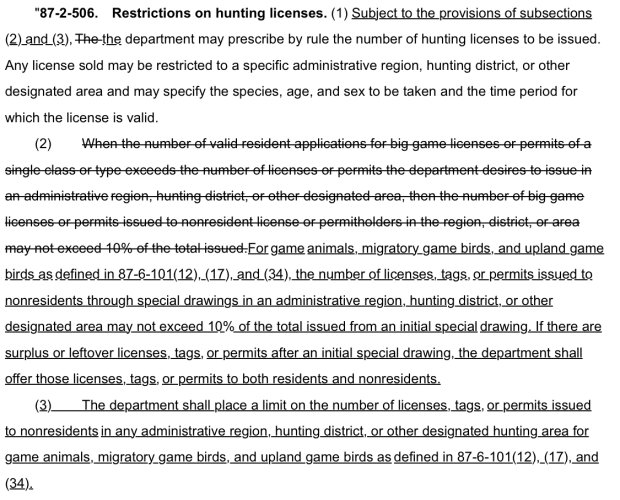8andcounting
Well-known member
- Joined
- Dec 16, 2013
- Messages
- 3,549
The current system is not sustainable . That's why they are talking about proposals and LEI’m having a hard time understanding the chatter about LE as the department told this group to not even bother proposing it. Change is not likely and LE is even way less likely








